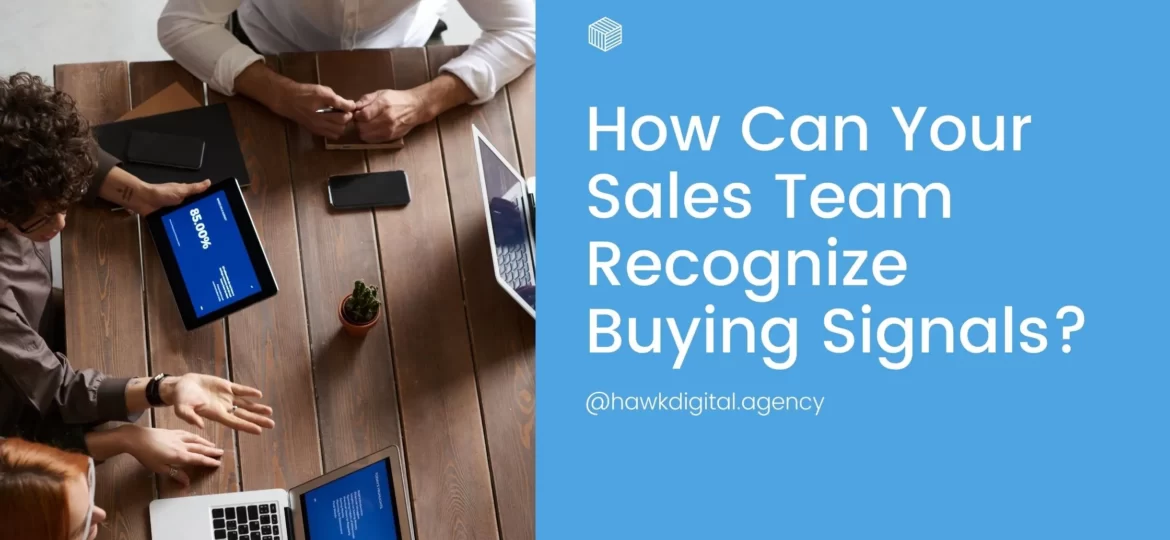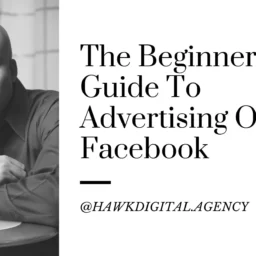
How Can Your Sales Team Recognize Buying Signals?
Your sales and marketing team must know exactly when a customer is ready to buy. There are some particular ways and tricks that your marketing and sales team can use to recognize buying signals from customers. These might include some words or signs that you might see in your customers. This blog tells How Can Your Sales Team Recognize Buying Signals?
This article will guide you to identify the buying signals to make it easier for different teams and people and give the customers an appropriate time. Before knowing the signs, we must understand what buying signals are.
What are the buying signals?
Buying signals are sure signs that a customer might provide you with when they want to purchase a particular product and have a specific decision for your brand. Buying signals are significant, especially for digital marketing teams, because they help you figure out the best deals, save your time, and close more sales than you initially do.
Every Buyer has a particular journey to buy a product, known as Buyer’s journey. This includes a framework that consists of a buyer’s progression from research to purchasing a product. These different signals and signs are seen during a buyer’s journey. These signals can be seen both physically, as well as in online transactions. Physical buying signals are easier to see and pinpoint when compared to online buying signals. This article will also explain the online buying signals that can be seen during a buyer’s journey. Here are some tips that will help you and your team to identify these signals:
Common Questions Signify Interest
If someone asks a question, they may have done some research on the product, or maybe they have read about a particular product similar to yours. These common questions are the ones that have already grabbed the attention of the customer. They will be satisfied when you answer them:
- Warranty Information: This question can mean that they are close to buying the product, and also it can mean that they want to establish a trustworthy relationship with your brand
- Contract Details: Questions related to the terms and conditions of a specific contract can mean a signal of buying in a buyer’s journey. They might also have some specific questions; you should be able to reply to all those.
- Product Specifics: The customer might have some specific questions about the product; make sure that those questions are answers to their satisfaction so that they feel satisfied and can be very close to buying that particular product. This can also mean that they have done some research about the product and want to make sure about its specificities.
- Pricing: The customer would want some deals and discounts. This step may also be that the conversation is funnelling into buying the product. Some questions regarding the mode of payment also show that the Buyer is interested in purchasing the product.
- Further details: There is a high possibility that a customer would ask for further information when they are interested in buying a specific product in the future. You can help your customer to know all the necessary details needed. They want to make sure that they know everything before they make a choice.
Mild interest = Non- committal
Most people are polite when talking to a salesperson. They can use different phrases, which means that they are mildly interested so that they seem polite. This can mean that they do not want to buy the product but are asking you about it to appear kind and friendly. Here are some phrases that will help you to identify who is mildly interested:
- Is that feature used a lot?
- Yes, I have heard of it.
- Sounds good
- I need to ask my boss about it.
- I am not very sure about it.
- Interesting…
- Please send me more materials so that I can take a look at them.
These signs should be kept in mind so that you can identify those who are not interested. When you see these signs, be sure that you do not waste your time to get these customers openly-committed to purchasing a product. An important sign How Your Sales Team Recognize Buying Signals.
Tracking social buying signals
Tracking someone’s social buying history might feel like an invasion of privacy. Still, it is very beneficial for the sales and marketing team. You can look into someone’s social feed and figure out what products they want to buy and how desperately they need that particular product. Here are some things that you can look forward to:
- Questions and comments about specific business problems and how will you solve it
- Questions about products similar to yours, and what is the unique thing that will make them choose your product over the other brand’s product?
- Engagement with a competitor means that the customer is on the hunt to find a product again. Thus you can contact them about your brand and product.
Other social opportunities
There are other ways by which you can gain ideas for leads that include the following:
- Read different blogs of brands and their magazines and look for opportunities to leave comments to contact you if they are interested in your idea.
- Finding new leads on different social media platforms and posts so that they can contact you
It is essential to understand these buying signals as they will save the time of your marketing team and the sales team. If a customer is not interested, the team should not waste much time on them and instead should look for those customers that are genuinely interested in buying the product. These signs will help you a lot, and by using these, you will be able to identify the buying signals in a buyer’s journey. Remember to take one step at a time during sales. These will make you a better salesperson in the digital marketing world.
















